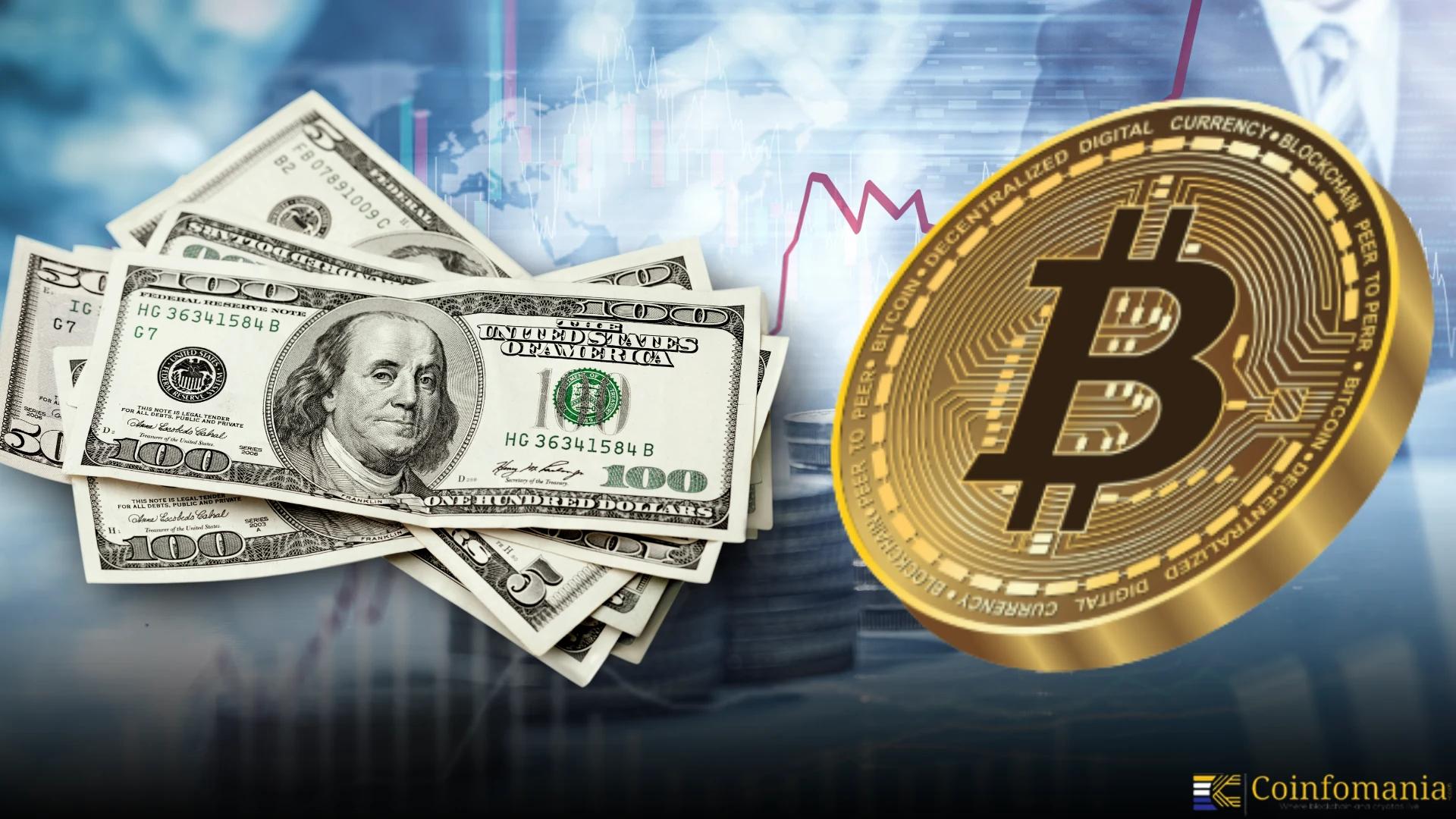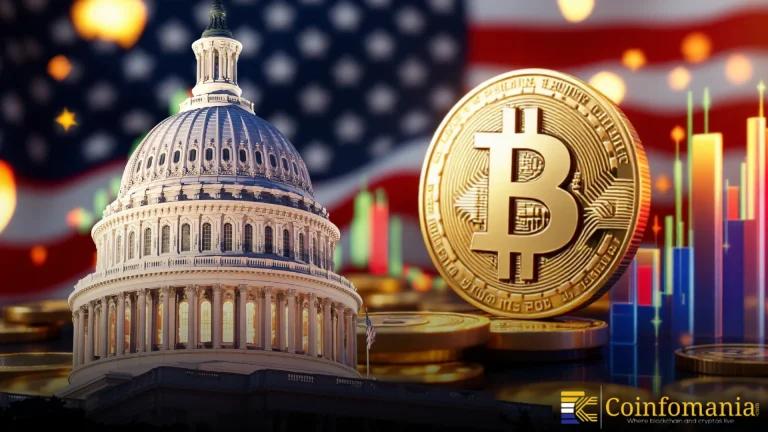De-dollarization and Bitcoin Drive a New Shift in Global Finance
De-dollarization and Bitcoin are changing global finance as central banks diversify reserves beyond the U.S. dollar into gold and crypto.

Quick Take
Summary is AI generated, newsroom reviewed.
Central banks are shifting away from the U.S. dollar amid inflation and political risks.
Gold reserves are rising as a safe-haven asset in the de-dollarization trend.
Bitcoin is gaining interest as “digital gold” with blockchain advantages.
This move signals a new era where crypto could join global reserve assets.
The global financial landscape is changing fast, with de-dollarization and Bitcoin on the go. According to a recent update shared by Cointelegraph, BlackRock, managing $12.5 trillion in assets, has flagged a major shift: central banks around the world are moving away from the U.S. dollar in what’s now being called a “de-dollarization” wave.
This shift is prompting central banks to look at other currencies and alternative assets, including gold, and now, even Bitcoin is on their radar.
Why Central Banks Are Moving Away from the Dollar
But that’s starting to change. These days, rising inflation, higher interest rates, growing U.S. debt, and global political tensions have made a lot of countries think twice about trusting the dollar for the long run.
So now, instead of putting all their trust in the dollar, central banks are playing it safer by spreading their money across other currencies and assets.
What’s interesting is that this isn’t a small shift. The chart shared in the report shows that non-dollar reserves are climbing steadily, while U.S. dollar reserves are declining. This isn’t just about currency swaps—it’s about strategy, security, and preparing for a more multipolar financial world.
Gold Is Gaining—and Bitcoin Is Being Considered
One of the clearest winners in this trend is gold. As traditional fiat currencies lose their shine, central banks have been stockpiling gold at levels not seen in decades. It’s seen as a safe, inflation-proof store of value. And the chart reflects this rise in gold reserves clearly.
Here’s what’s surprising: Bitcoin is starting to get real attention—not just from everyday investors, but from big institutions and even central banks. Even though it is still early, more people are starting to see Bitcoin as a kind of digital gold. Like gold, it’s limited in supply and can keep its value over time.
But Bitcoin also offers something extra—blockchain technology. This makes it more transparent, faster, and not controlled by any one group. As people lose trust in old financial systems, Bitcoin is slowly becoming part of the talk about what central banks might hold in the future.
What This Means for the Future of Finance
BlackRock’s insights underscore a major turning point. De-dollarization isn’t just a political buzzword anymore, it’s a financial reality. The world is slowly moving toward a more diversified reserve system, where gold and even Bitcoin could play a serious role alongside fiat currencies.
For Bitcoin holders and crypto enthusiasts, this shift is bullish. If central banks begin allocating even a small portion of their reserves to digital assets, the ripple effects on crypto markets could be massive.
Final Thoughts
The writing is on the wall. De-dollarization and Bitcoin is accelerating, and BlackRock’s $12.5 trillion perspective carries serious weight. As central banks hedge their bets, they’re not just leaning on gold—they’re also eyeing crypto.
While it may take time before we see Bitcoin sitting comfortably in global reserve portfolios, the conversation has already started. And that, in itself, marks a new chapter in the evolution of money.
Follow us on Google News
Get the latest crypto insights and updates.


